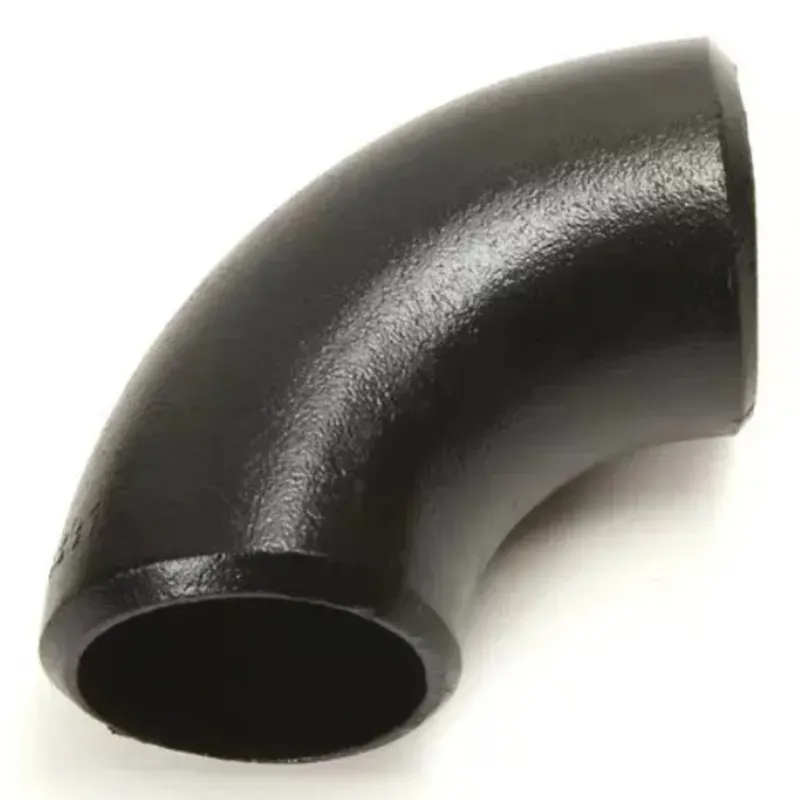-
Cangzhou Yulong Steel Co., Ltd.
-
Phone:
+86 13303177267 -
Email:
admin@ylsteelfittings.com
- English
- Arabic
- Italian
- Spanish
- Portuguese
- German
- kazakh
- Persian
- Greek
- French
- Russian
- Polish
- Thai
- Indonesian
- Vietnamese
- Zulu
- Korean
- Uzbek
- Hindi
- Serbian
- Malay
- Ukrainian
- Gujarati
- Haitian Creole
- hausa
- hawaiian
- Hebrew
- Miao
- Hungarian
- Icelandic
- igbo
- irish
- Japanese
- Javanese
- Kannada
- Khmer
- Rwandese
- Afrikaans
- Albanian
- Amharic
- Armenian
- Azerbaijani
- Basque
- Belarusian
- Bengali
- Bosnian
- Bulgarian
- Catalan
- Cebuano
- China
- China (Taiwan)
- Corsican
- Croatian
- Czech
- Danish
- Esperanto
- Estonian
- Finnish
- Frisian
- Galician
- Georgian
- Kurdish
- Kyrgyz
- Lao
- Latin
- Latvian
- Lithuanian
- Luxembourgish
- Macedonian
- Malgashi
- Malayalam
- Maltese
- Maori
- Marathi
- Mongolian
- Myanmar
- Nepali
- Norwegian
- Norwegian
- Occitan
- Pashto
- Dutch
- Punjabi
- Romanian
- Samoan
- Scottish Gaelic
- Sesotho
- Shona
- Sindhi
- Sinhala
- Slovak
- Slovenian
- Somali
- Sundanese
- Swahili
- Swedish
- Tagalog
- Tajik
- Tamil
- Tatar
- Telugu
- Turkish
- Turkmen
- Urdu
- Uighur
- Welsh
- Bantu
- Yiddish
- Yoruba

Sep . 11, 2024 00:45 Back to list
ASTM A106 Specification for Seamless Carbon Steel Pipe
Understanding ASTM A106 A Comprehensive Overview
ASTM A106 is a crucial standard in the world of industrial piping, particularly utilized for seamless carbon steel pipes intended for high-temperature service. Established by ASTM International, this standard is essential for manufacturers, engineers, and project managers involved in the construction and maintenance of piping systems in various industries, including oil and gas, power generation, and petrochemical processes.
Scope and Application
The ASTM A106 standard specifically covers seamless carbon steel pipes that are suitable for high-temperature and high-pressure applications. These pipes are designed to effectively handle the transfer of fluids and gases under extreme conditions. The specifications outlined in ASTM A106 ensure that the products meet specific mechanical and chemical properties, making them reliable for critical applications.
This standard is particularly important for applications where the piping system will encounter elevated temperatures (up to 1000°F or 540°C) and pressures. It provides guidelines that ensure the pipes can withstand the mechanical stresses that arise in such environments, thereby preventing failures that could lead to catastrophic incidents.
Understanding ASTM A106 A Comprehensive Overview
ASTM A106 includes three grades—Grade A, Grade B, and Grade C—each with differing yield strengths and tensile strengths.
astm sa106

- Grade A This grade offers the lowest mechanical properties, with a yield strength of 30,000 psi and a tensile strength of 48,000 psi. - Grade B This is the most common grade, featuring higher mechanical properties, with a yield strength of 35,000 psi and a tensile strength of 60,000 psi. It is widely used in various industries due to its balance of strength and ductility. - Grade C This grade provides the highest mechanical properties, with a yield strength of 40,000 psi and a tensile strength of 70,000 psi. It is selected for the most demanding applications where greater strength is required.
Manufacturing Process
ASTM A106 pipes are primarily manufactured using the hot-working process, resulting in a seamless product. This manufacturing method enhances the integrity of the pipe by minimizing the risk of weak points that can occur with welded seams. The absence of welds increases the overall strength of the pipe, making it more suitable for high-stress applications.
Chemical Composition
The chemical composition of ASTM A106 pipes is critical to their performance. The pipes typically contain carbon, manganese, phosphorus, sulfur, and silicon, with specific limits defined in the standard. This composition ensures that the pipes have the necessary mechanical properties and resistance to corrosion and environmental factors.
Conclusion
In conclusion, ASTM A106 is a vital standard that underpins the reliability and safety of piping systems in high-temperature and high-pressure applications. Understanding its specifications, grades, and manufacturing processes is essential for professionals in the industry. Adherence to ASTM A106 not only ensures compliance with safety regulations but also contributes to the longevity and efficiency of piping systems across various sectors. By utilizing ASTM A106 compliant materials, industries can significantly reduce the risks associated with their operations while optimizing performance and durability.
Latest news
-
ANSI 150P SS304 SO FLANGE
NewsFeb.14,2025
-
ASTM A333GR6 STEEL PIPE
NewsJan.20,2025
-
ANSI B16.5 WELDING NECK FLANGE
NewsJan.15,2026
-
ANSI B16.5 SLIP-ON FLANGE
NewsApr.19,2024
-
SABS 1123 FLANGE
NewsJan.15,2025
-
DIN86044 PLATE FLANGE
NewsApr.19,2024
-
DIN2527 BLIND FLANGE
NewsApr.12,2024
-
JIS B2311 Butt-Welding Fittings LR/SR 45°/90° /180°Seamless/Weld
NewsApr.23,2024











